What is the story behind Kaffeeform, and what have we experienced in the years since our foundation? In the first part of our series of topics on the development of Kaffeeform, we tell you how the idea behind the company came about.
A post written by Anja Friese
It’s 2010: with her American war movie, The Hurt Locker, Kathryn Bigelow becomes the first woman to be awarded the Oscar for Best Director. Lena Meyer-Landrut won the Eurovision Song Contest in Oslo with “Satellite”. Spain became football world champion for the first time and in Bolzano, the gateway to the Italian Alps, Julian Lechner enjoyed his third espresso…
Today, Julian is founder and managing director of Kaffeeform. At that time – 13 years ago – he found himself at the end of his studies and was looking for a suitable topic for his thesis. Julian studied Interdisciplinary Design at the Free University of Bozen-Bolzano. In addition to his studies, he most notably enjoyed the coffee culture in bella Italia. He particularly liked to spend his breaks from everyday life in cafes, enjoying at least one cup of espresso. So it came to be that, one day, he asked himself what happens to all the coffee grounds that are produced in large quantities, predominantly in cafes. Would it be possible to use this avoidable waste to develop a new material?
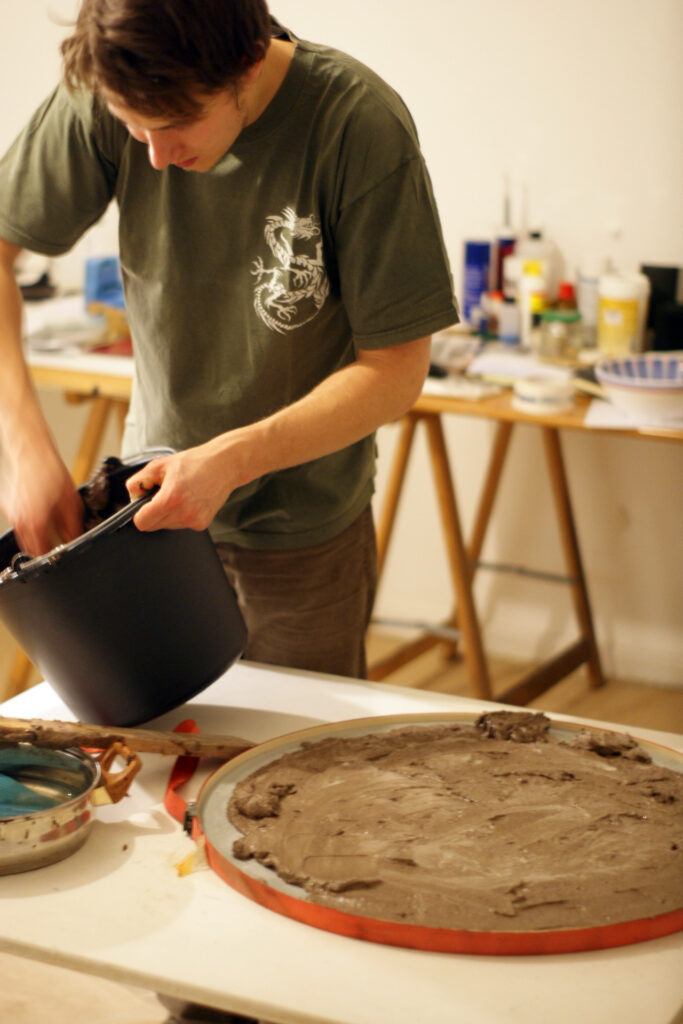
Before things really got started, Julian looked for comparable reference products, but he did not find anything. An exciting phase of experimentation thus began. Based entirely on the trial and error principle, he tested various different ways for bringing coffee grounds into a solid state.
In search of the right binding agent, Julian worked with vegetable resins, medieval gluing methods, glucose and various waxes. In the process, he had to accept numerous failures: many material samples were porous, broke quickly, developed cracks or dissolved completely as soon as they came into contact with water.
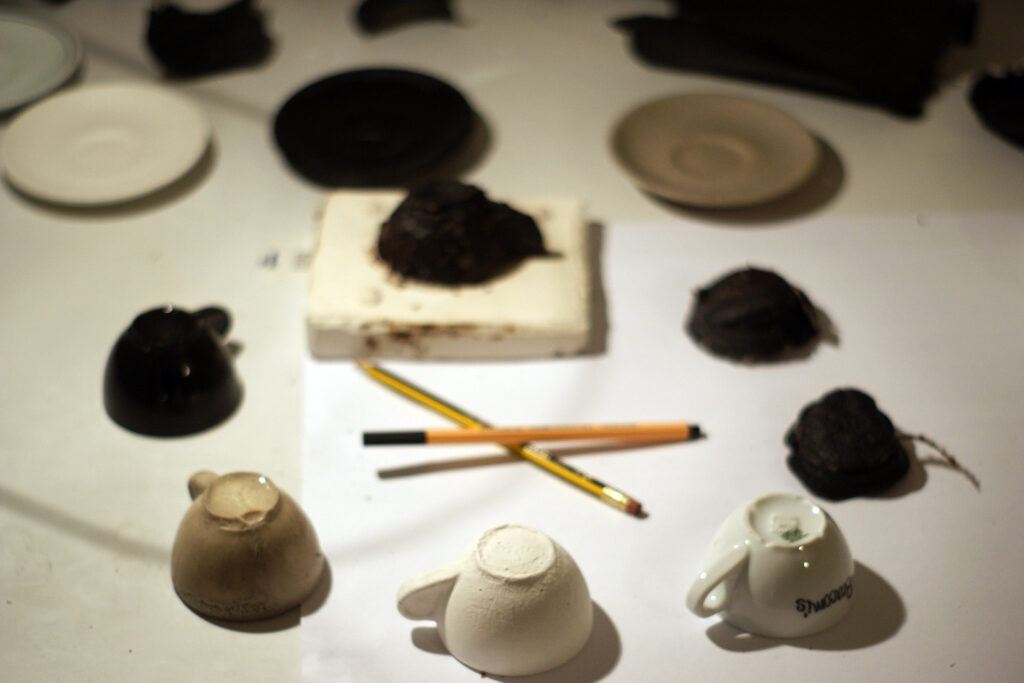
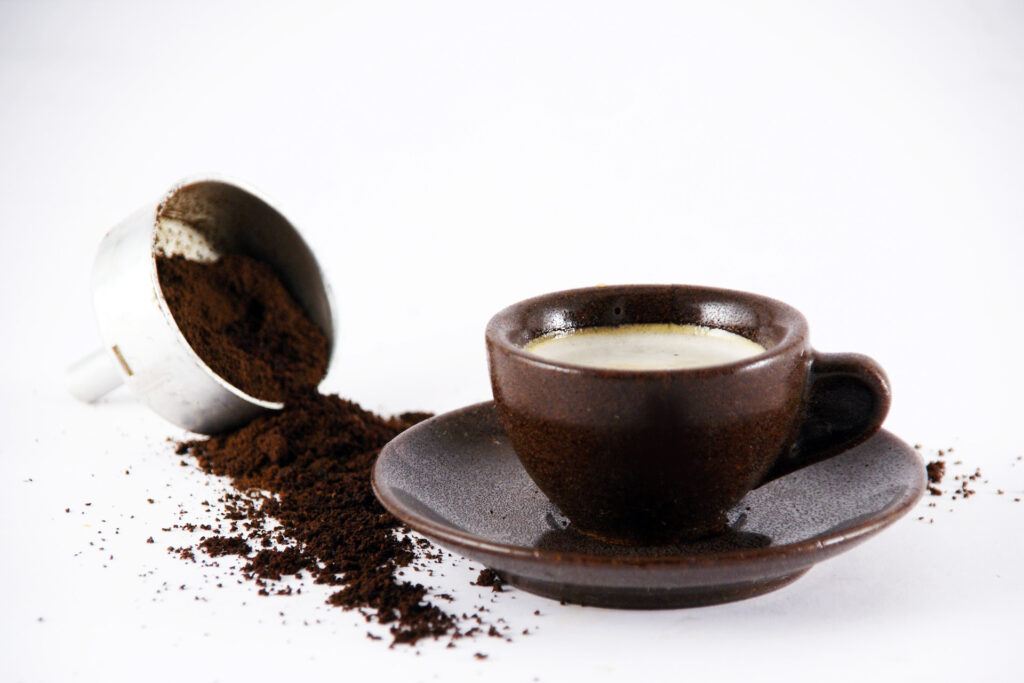
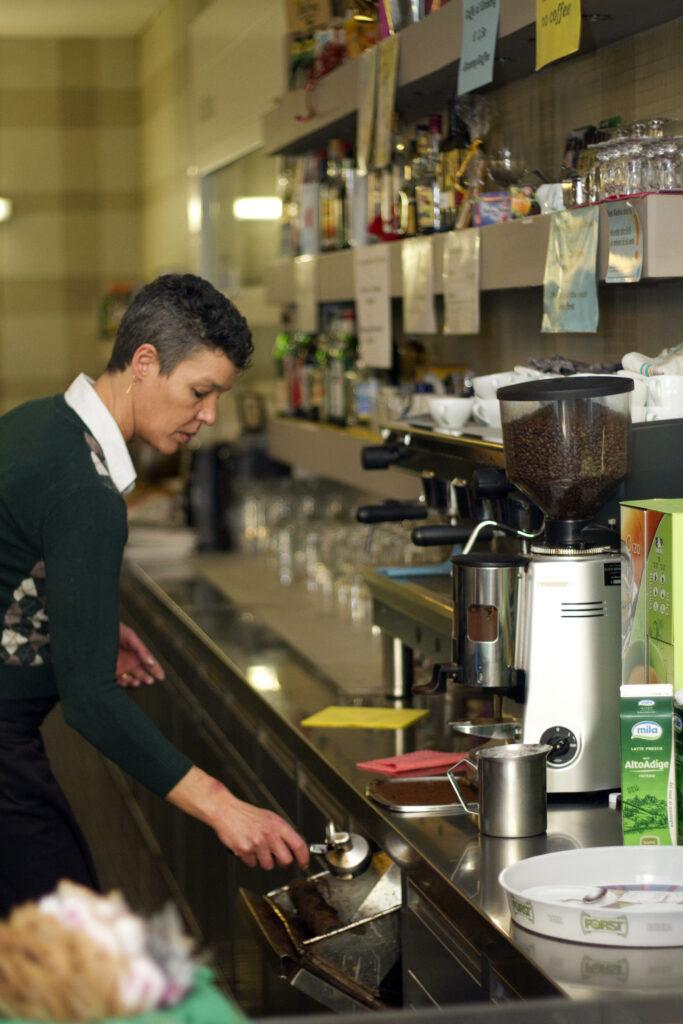
This question became the object of research of his thesis. The aim was not only to develop a new material, but also to directly create a product from it. What it should be was immediately obvious: an espresso cup, of course.
“I thought for a long time about what exactly I wanted to do on the topic of my bachelor thesis. And then, suddenly, from one second to the next, it was there – the idea – and I couldn’t stop thinking about it.” Even today, Julian remembers exactly what it was like for him to finally have an idea of the direction in which his thesis would go. “The question of whether and how to create a new material from used coffee grounds also interested me a lot privately, because I was trying to live as sustainably as possible in my everyday life.”
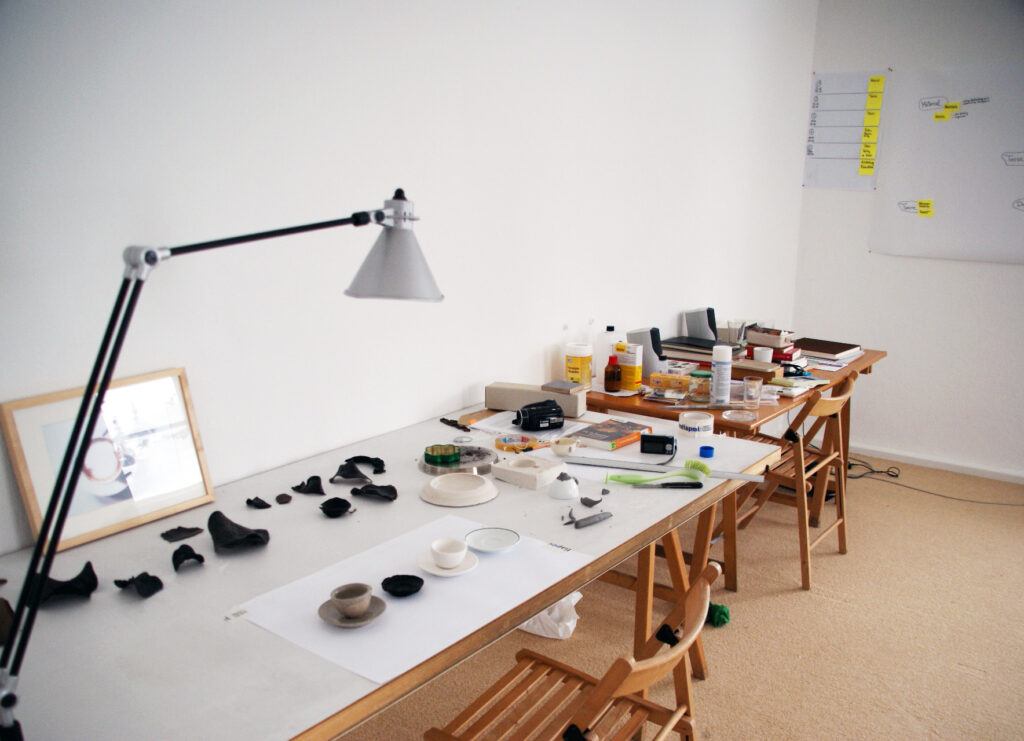
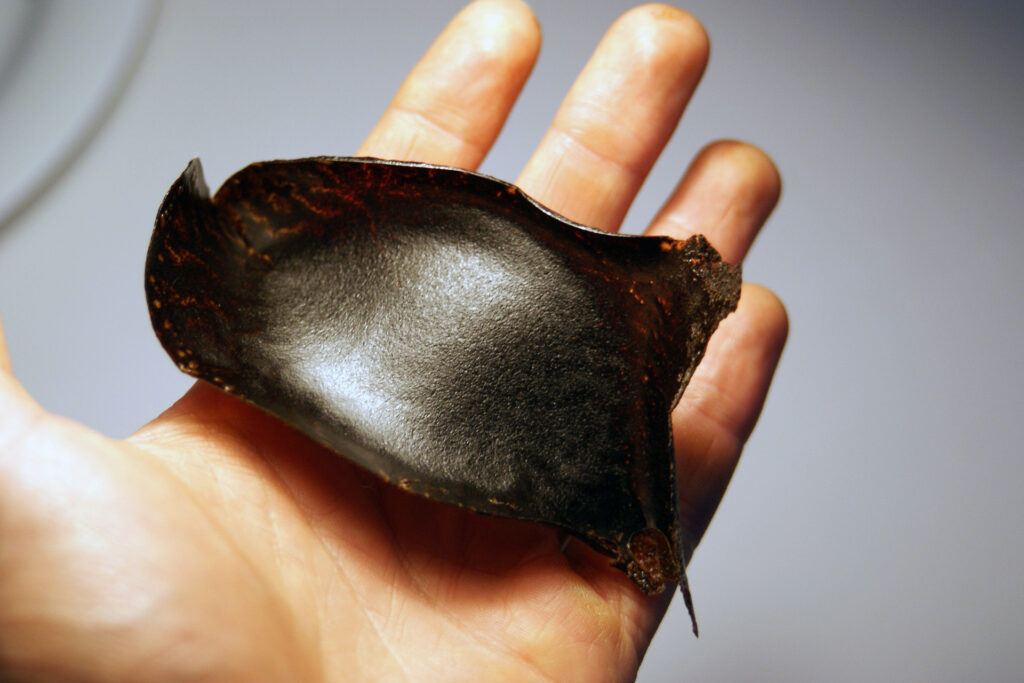
Added to this was the difficulty of drying the moist coffee grounds, which can quickly form mould, shortly after collection and making them storable. With his goal of creating an espresso cup from coffee grounds always in mind, he spent day and night in the university studio, and even his own kitchen had to serve for numerous attempts.
After three intensive months of experimentation, Julian held the first prototype of a cup made of coffee grounds in his hands, which he presented for the first time as part of his thesis at the university in Bolzano. The response was incredibly positive. The entire concept, the idea of using a waste product to create a new, sustainable material, inspired many. Julian did not know at the time that this had laid the foundation for Kaffeeform…
In the second part of our topic series on Kaffeeform’s development, we will tell you how Julian dared to take the step into self-employment. Stay tuned!